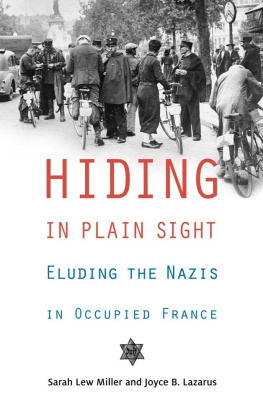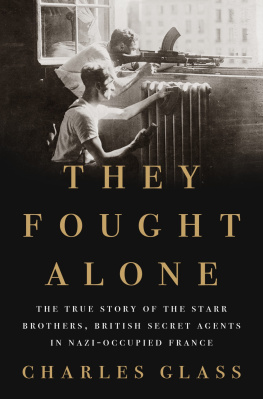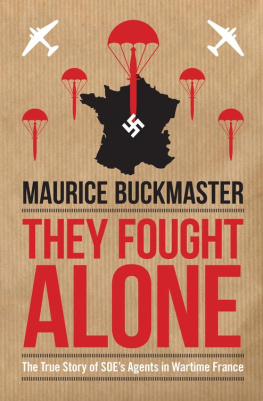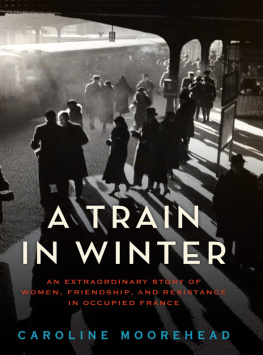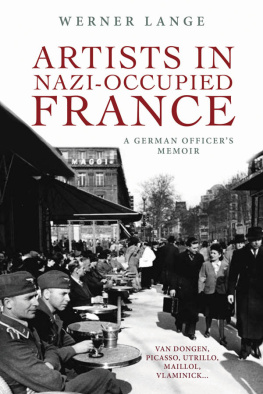Thank you for buying this ebook, published by HachetteDigital.
To receive special offers, bonus content, and news about ourlatest ebooks and apps, sign up for our newsletters.
Copyright 2016 by P. N. Singer (Moriz Scheyer Estate)
Translation, introduction, and all end matter copyright 2016 by P. N. Singer
Cover design by Mario J. Pulice
Cover photograph by STR / Stringer, Collection AFP / Getty Images
Cover copyright 2017 by Hachette Book Group, Inc.
Hachette Book Group supports the right to free expression and the value of copyright. The purpose of copyright is to encourage writers and artists to produce the creative works that enrich our culture.
The scanning, uploading, and distribution of this book without permission is a theft of the authors intellectual property. If you would like permission to use material from the book (other than for review purposes), please contact permissions@hbgusa.com. Thank you for your support of the authors rights.
Little, Brown and Company
Hachette Book Group
1290 Avenue of the Americas, New York, NY 10104
littlebrown.com
twitter.com/littlebrown
facebook.com/littlebrownandcompany
First North American ebook edition, September 2016
Originally published in Great Britain by Profile Books, January 2016
Little, Brown and Company is a division of Hachette Book Group, Inc. The Little, Brown name and logo are trademarks of Hachette Book Group, Inc.
The publisher is not responsible for websites (or their content) that are not owned by the publisher.
ISBN 978-0-316-27287-2
E3-20170225-JV-PC
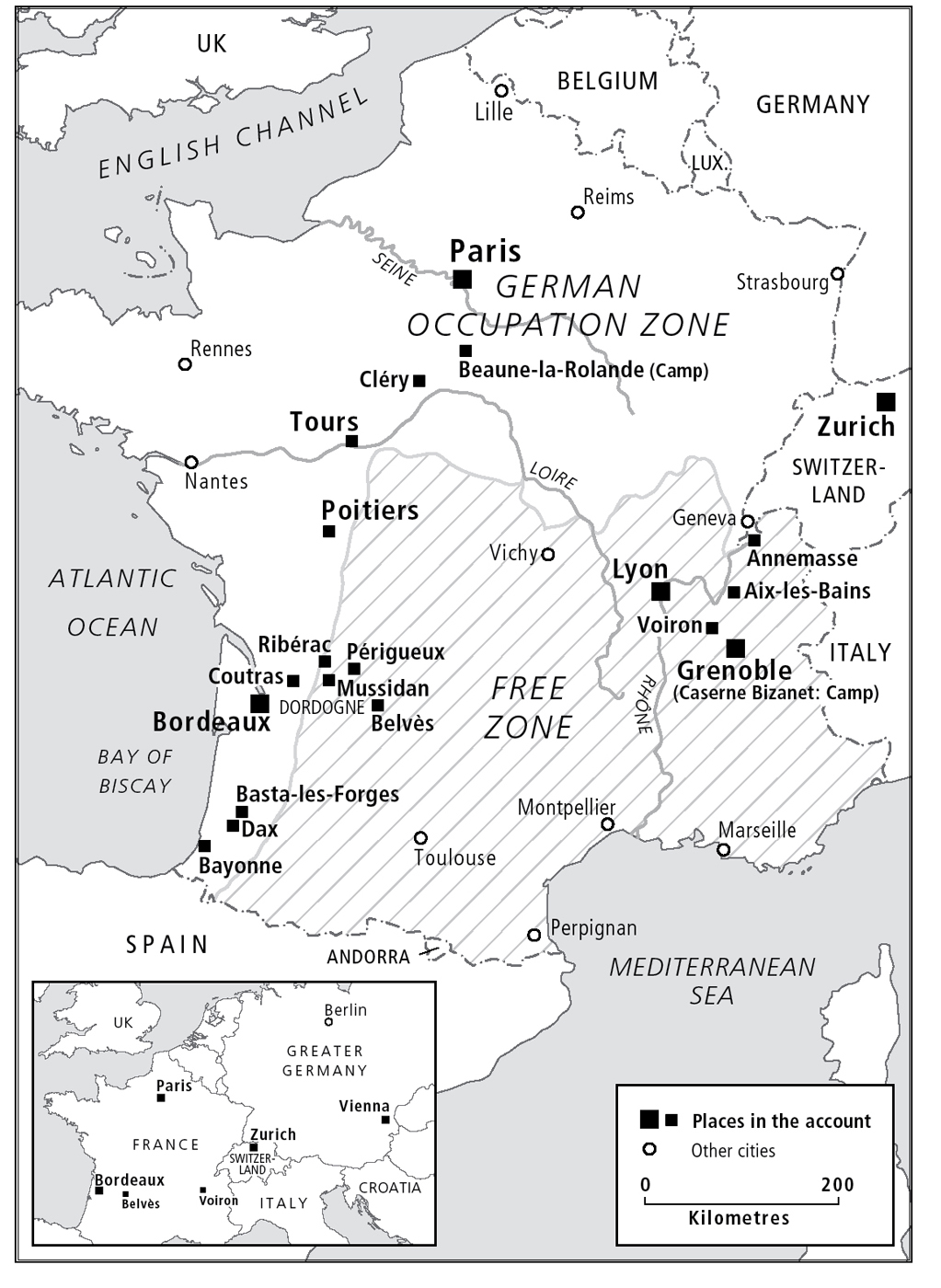
Asylum is an extraordinarily tense, painful, dramaticand at times almost miraculousaccount of an Austrian-Jewish writers persecution, flight and rescue, first in Vienna and then in wartime France. It was written at the time of the actual events: drafted in hiding in a convent in the Dordogne from 1943 to 1944 and finally completed after the end of the War in Europe, in 1945.
The account is the memoir of Moriz Scheyer, who before being driven out of Vienna in 1938 was the arts page editor for one of the citys principal newspapers, the Neues Wiener Tagblatt. As such, he was a personal friend of Stefan Zweig, acquainted with Arthur Schnitzler, Gustav Mahler and Bruno Walter, and himself the author of several volumes of essays and travel writings. So, despite his own protestation that this is not a literary work, it is a recollection of the Holocaust by a prominent, published writer.
The manuscript was discovered by chanceby my brother and myselfin the loft of my father, Konrad Singer, Scheyers stepson, when he was in the process of moving house at the age of eighty-nine. Scheyer seems to have made some attempt at publication: what we found was a typescript, contained in a folder inscribed with the address of Stefan Zweigs first wife, in America. However, Scheyer died in 1949 and my father, who inherited his original typescript, did not pursue publication; indeed, he strongly disliked the book and its intensely anti-German sentiments, and believed himself to have destroyed it. The typescript that I came upon was, it seems, a carbon copy kept by my grandmotherScheyers wife, Margarethe (Grete)and had found its way into the loft amongst other of her possessions.
Scheyers memoir has a number of unique features, even among Holocaust survivors accounts. First, as noted, it was written at the time, with the events fresh and raw; almost a diary, it rivets the reader with the actual perspectives and minute details of those days. Secondlyjust because of the events that happened to himit covers an unusually wide range of experiences: the Anschluss in Austria; Paris during the phoney war and under German Occupation; the Exodus from Paris; life in two different French concentration camps; an attempt to escape to Switzerland; contact with the Resistance in the Unoccupied Zone; and, finally, a dramatic rescue, and clandestine life in a convent in the Dordogne. Thirdly, there is the distinctive voice: Scheyer, who had been a serious Viennese literary journalist, dissects what is happening to him with a relentlessly acerbic critique.
The text that follows is a faithfuluneditedtranslation of Moriz Scheyers typescript, which was written in German and entitled, simply, Ein Ueberlebender (A Survivor). I have kept footnotes to a minimum but have added relevant biographical notes in an appendix of People mentioned in the text, as well as an epilogue giving further information on the narratives events and its characters subsequent history, and a summary of Moriz Scheyers life and career.
P. N. Singer, London, 2016
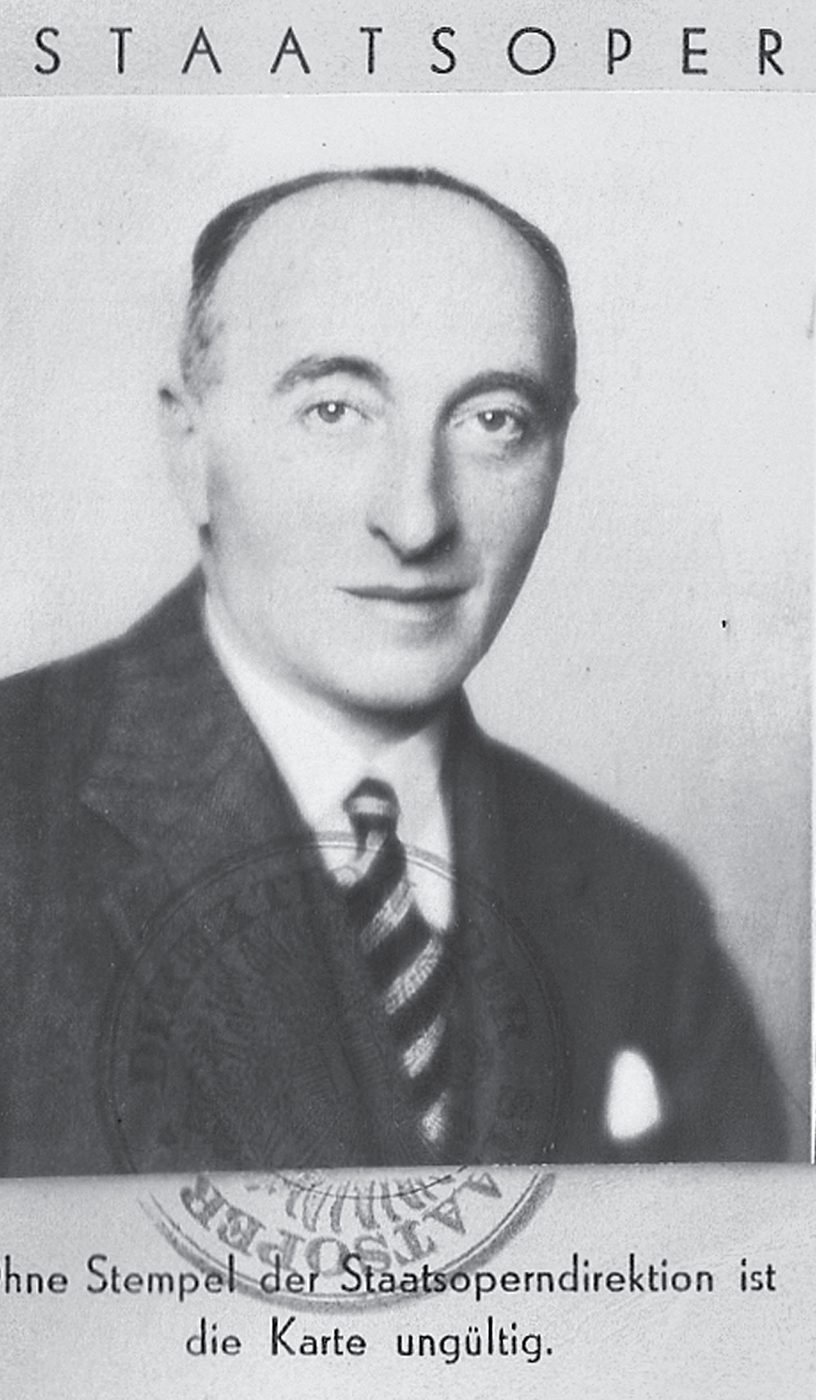
Moriz Scheyer in 1937. This is the only surviving image of Scheyer from the 1930s and is reproduced from his press pass for the Vienna Opera.
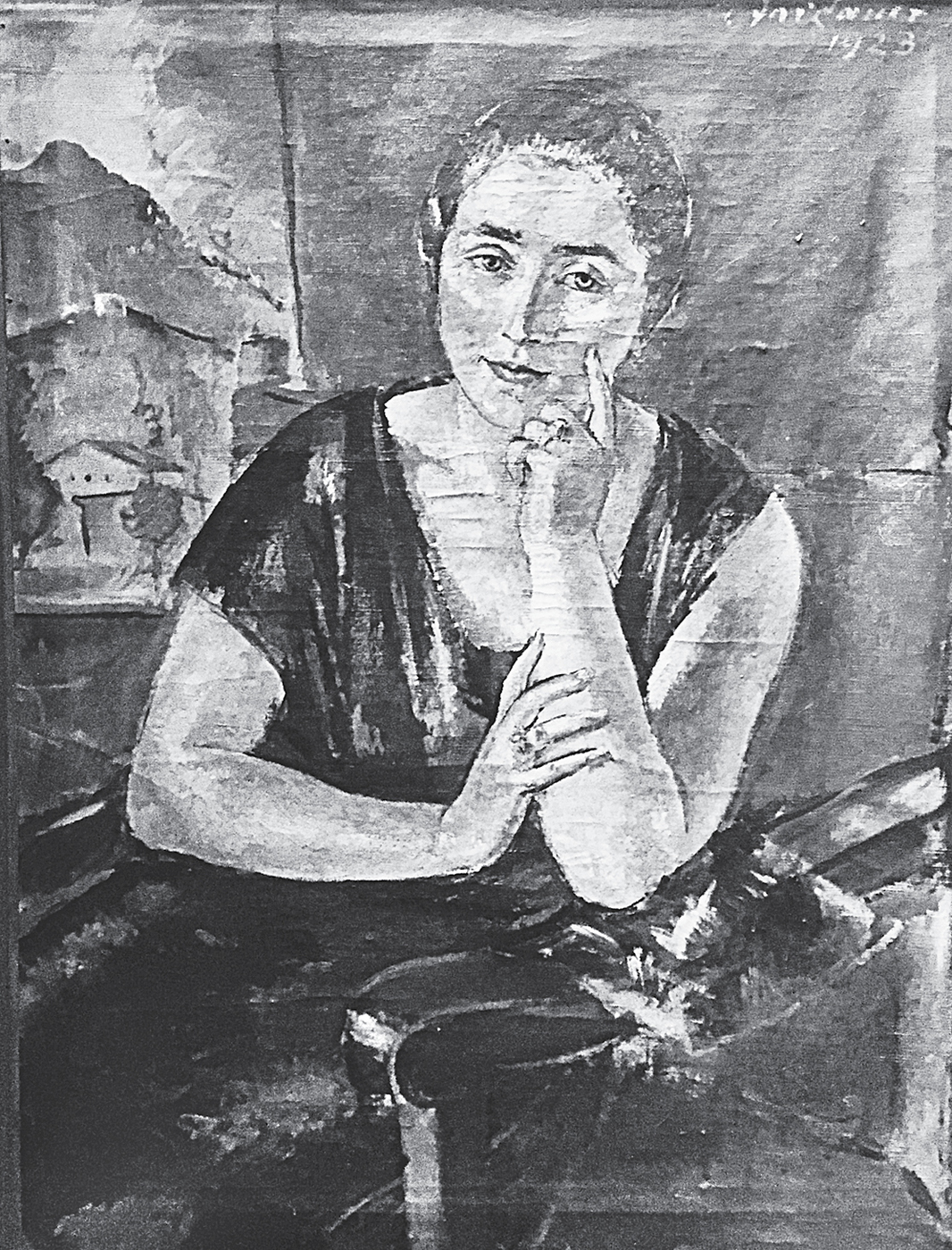
Grete (Margarethe) Scheyer, painted in 1923 by the Austrian artist Anton Faistauer, probably at Salzburg.
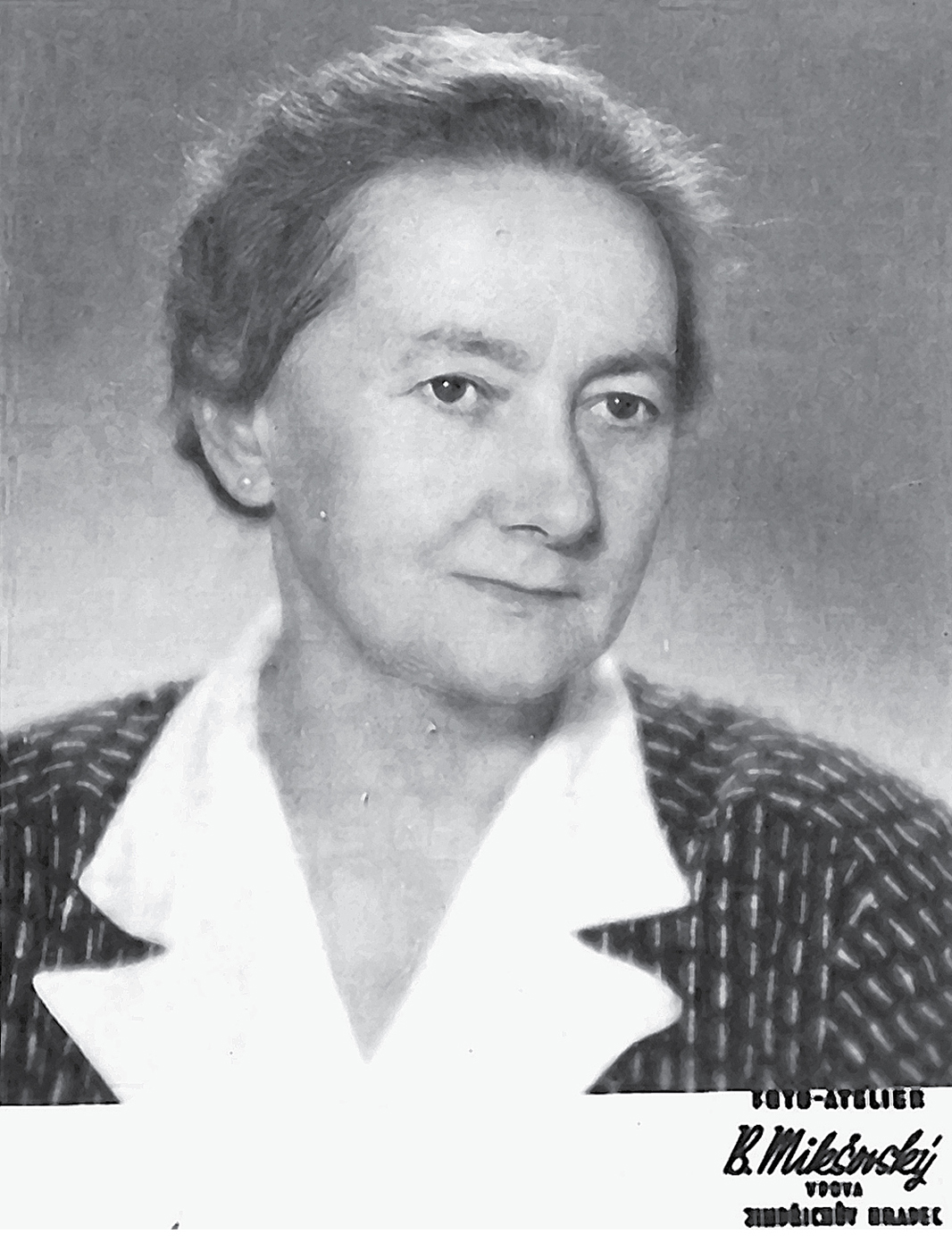
Slva Kolov, the Scheyers Czech-born housekeeper and faithful companion throughout their wartime experiences.
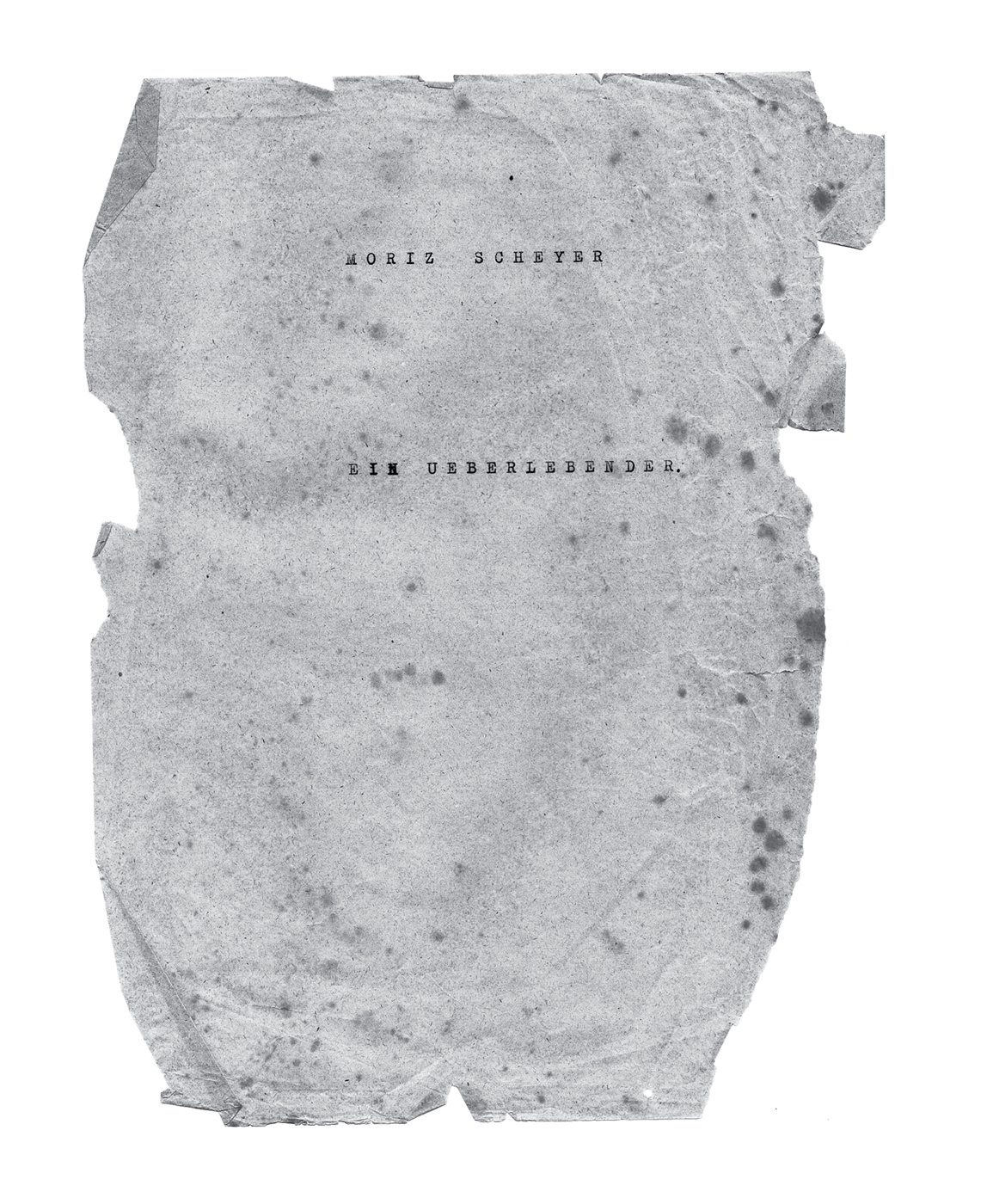
Title page of Scheyers original manuscript, which he entitled E IN U EBERLEBENDER (A Survivor).
Written in hiding at the Convent of Labarde, Dordogne, 194344, and revised at Labarde in 1945
* C HARACTERS ( AND ORGANISATIONS ) identified with an asterisk are noted with brief biographies in the Appendix People mentioned in the text.
T HIS BOOK HAS NOTHING to do with literature as normally understood: the circumstances of its composition preclude that from the outset.
To begin with, there was everything that happened to me before November 1942, the date when I found refuge in the Franciscan Convent of Labarde. It was while I was in hiding there that two friends, Pierre Vorms* and the great writer Jean Cassou*who had himself just come out of prisonfinally persuaded me to undertake the project. Even then, though, our salvation from the Germans was still a long way off. The Gestapo headhunters were going to their sport more energeticallyand the fate of any Jew that they tracked down was more gruesomethan ever.
There were many times when, even if by good fortune I managed some work on this book, I did not know whether I would be delivered into the clutches of the Germans the very next day. Many times when I was forced suddenly to suspend work for an indefinite periodto bundle the papers up hastily so as not to put the Sisters of the Convent in serious danger. Many times whento put it bluntlythe end seemed to be before me. In such circumstances you do not think in terms of creating literature out of all this material, or of having a good story. If I did have such thoughts, indeed, I would hardly deserve to have survived the persecution.


